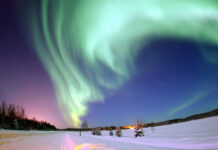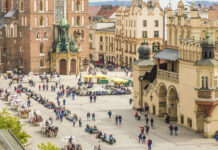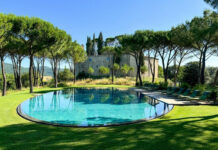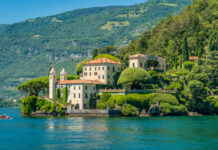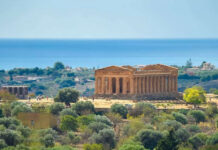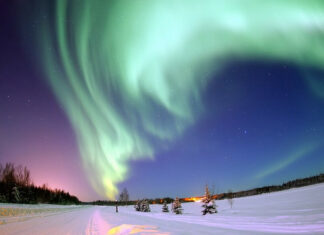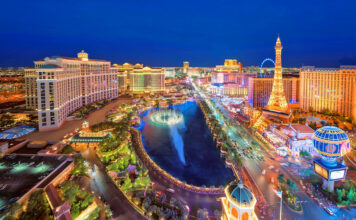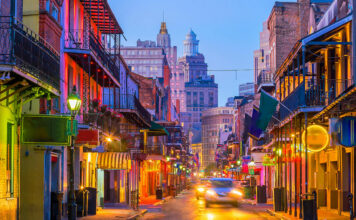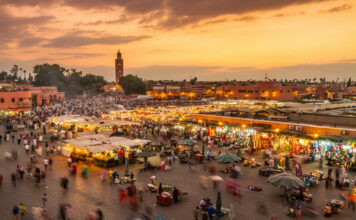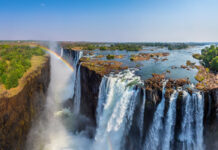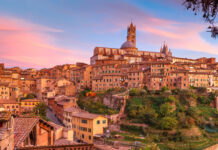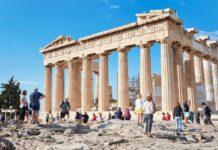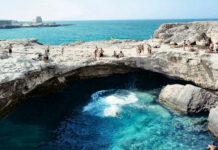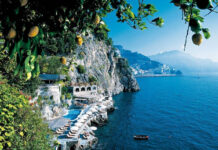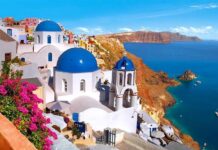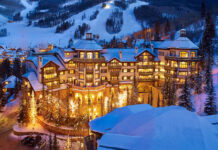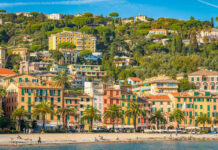St. Peter’s Basilica Fountain, Vatican
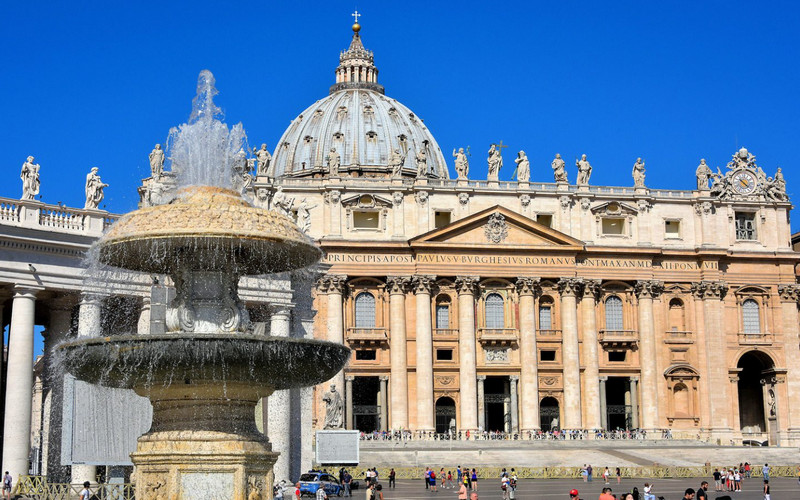
The stunning two-tiered fountain in Vatican City boasts a menacing appearance with its stone sculpture. While getting close may result in getting splashed, it is worth it to see this masterpiece up close. This fountain has a rich history, having been designed by Gian Lorenzo Bernini in the 17th century and restored in the 19th century.
Chianti Fountain
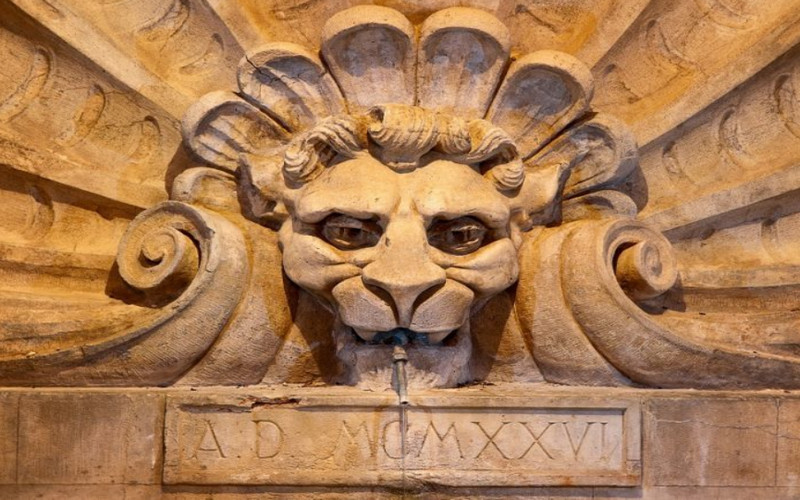
One of the most beautiful places in Italy, the Chianti Fountain in Tuscany is known for the lion’s face that dominates its design. The fountain’s menacing appeal is emphasized by the stone sculpture. The Chianti region is famous for its vineyards, making it a popular destination for wine enthusiasts.
Trevi Fountain, Rome
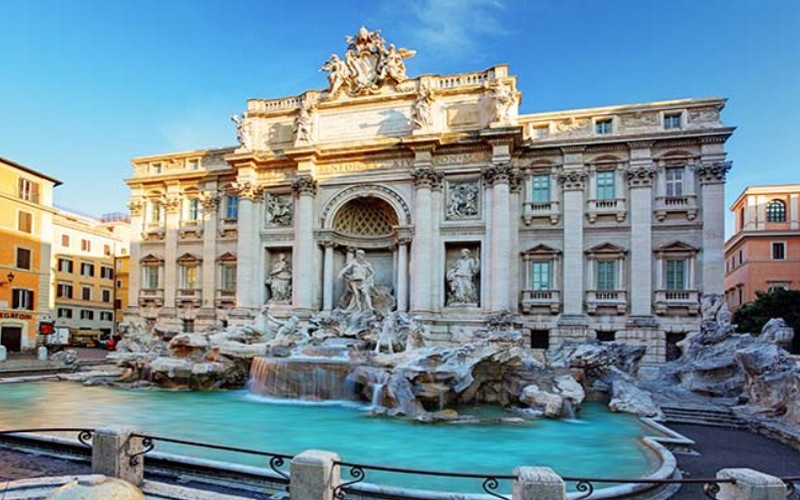
As the largest Baroque-style fountain in Rome, the Trevi Fountain is a must-visit landmark. Tourists flock to the fountain at all times of the day to take photographs and make wishes by tossing coins into the water. The fountain’s construction began in 1732 and was completed in 1762, with the statue of Oceanus, the god of the sea, being the focal point.
Casa del Fauno Fountain, Pompeii
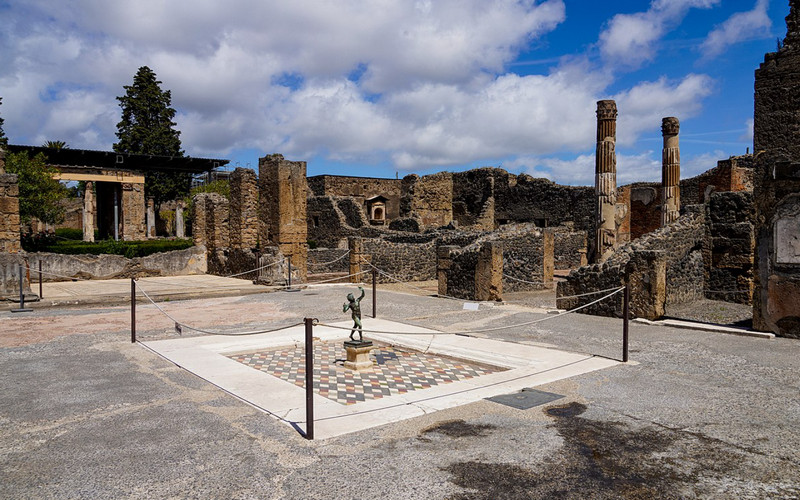
Despite suffering immense damage during the tragedy of Pompeii, the fountain at Casa del Fauno still stands as a haunting reminder of the past. The fountain was part of a grand villa owned by a wealthy merchant family and was used as a decorative feature. The ancient city of Pompeii is a UNESCO World Heritage Site, and the fountain is one of the many archaeological treasures located there.
Caserta Royal Palace Fountain
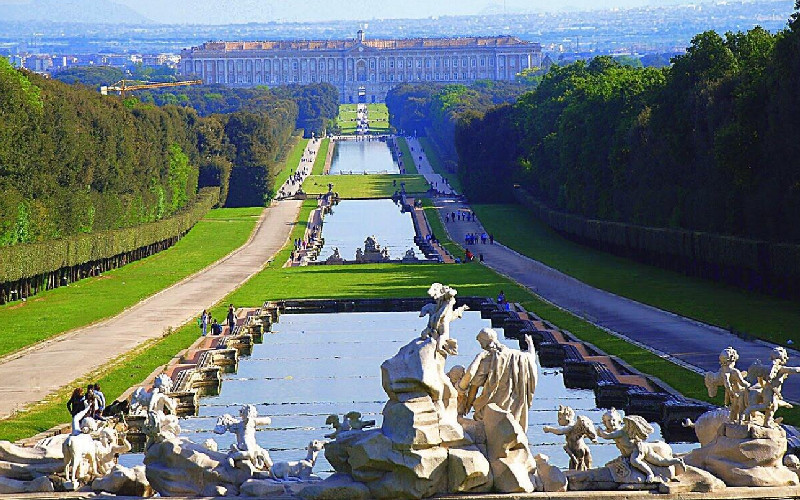
The massive fountain at the Royal Palace of Caserta is over a mile long and is one of the largest fountains in the world. The palace was built in the 18th century for the Bourbon kings of Naples and has over 1,200 rooms. The fountain features a series of cascades and waterfalls and is an impressive feat of engineering.
Four Rivers Fountain, Rome
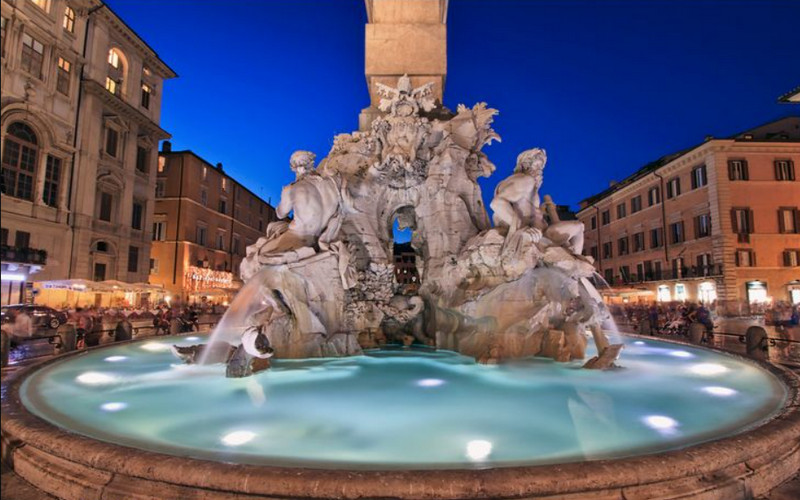
The Four Rivers Fountain, also known as Fontana dei Quattro Fiumi, is a Baroque-style fountain located in the center of Piazza Navona in Rome. It was designed by the famous sculptor and architect, Gian Lorenzo Bernini, in the 17th century. The fountain represents the four major rivers known at the time: the Danube, the Ganges, the Nile, and the Rio de la Plata. The Egyptian Obelisk at the center of the fountain was brought to Rome from the Temple of Isis in ancient Egypt. Each of the four river gods is depicted in a unique pose, representing their respective river’s character. The Ganges, for example, is shown with an oar, as the river was an important means of transportation.
Villa Monastero Fountain, Lake Como
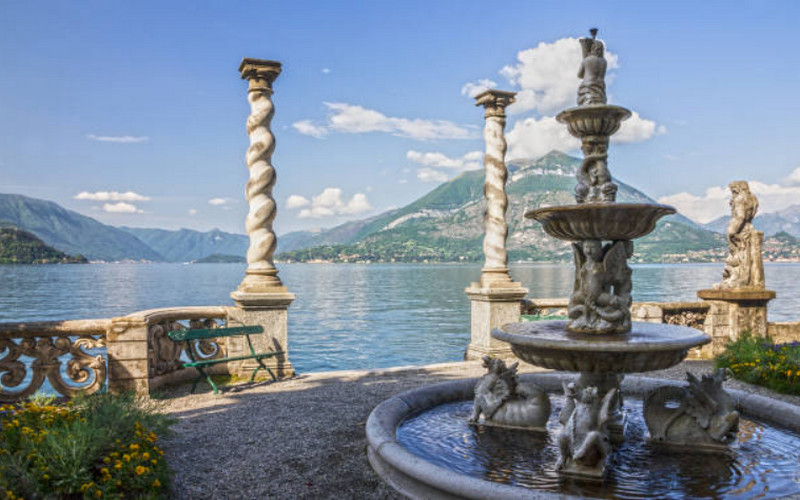
While lacking in extravagant sculptures, the Villa Monastero fountain in Varenna, Province of Lecco, offers a rustic charm and incredible views of Lake Como. The villa was built in the 12th century and was later converted into a botanical garden. Visitors can explore the villa and its grounds, including the charming fountain.
Fonte Gaia, Siena
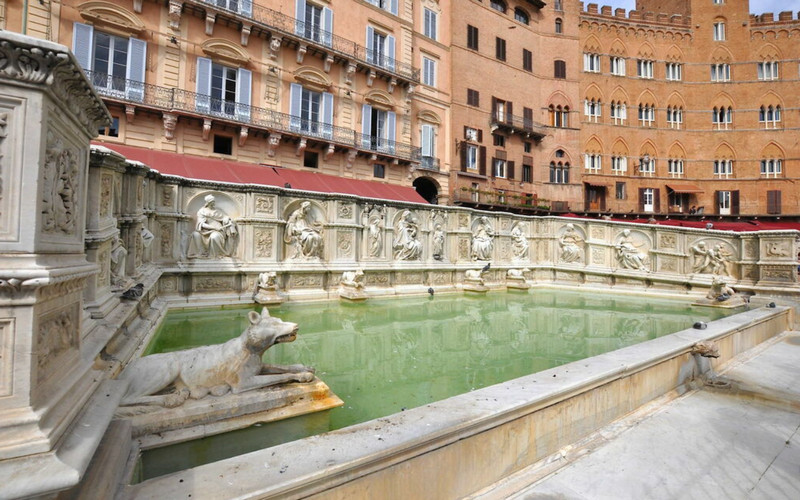
The Fonte Gaia is an ornate fountain in the center of Piazza del Campo, Siena. It’s one of the most remarkable fountains in Italy, mainly because of its historical significance and intricate sculptures. The original fountain, created by Jacopo della Quercia in the 15th century, was dismantled in the mid-19th century and replaced by a replica. The Fonte Gaia’s sculptures are said to represent the Biblical story of the Garden of Eden. The scene shows Adam and Eve in the Garden of Eden, along with other Biblical figures such as Noah and Moses.
Fountain of Neptune, Rome
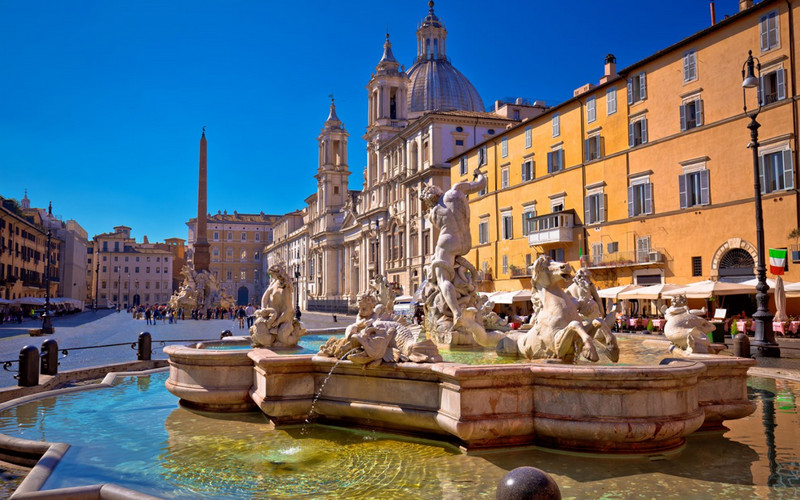
The Fountain of Neptune, located in Piazza Navona in Rome, is one of the most impressive fountains in Italy. It features a magnificent sculpture of Neptune, the Roman god of the sea, in the center. The fountain was created by the famous sculptor, Gian Lorenzo Bernini, in the 17th century. The Fountain of Neptune has an interesting history. It was originally located in the nearby Piazza del Popolo, but was moved to its current location in the 19th century. It has also been damaged and restored several times throughout its history, including during World War II.


